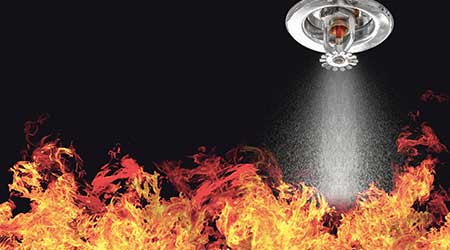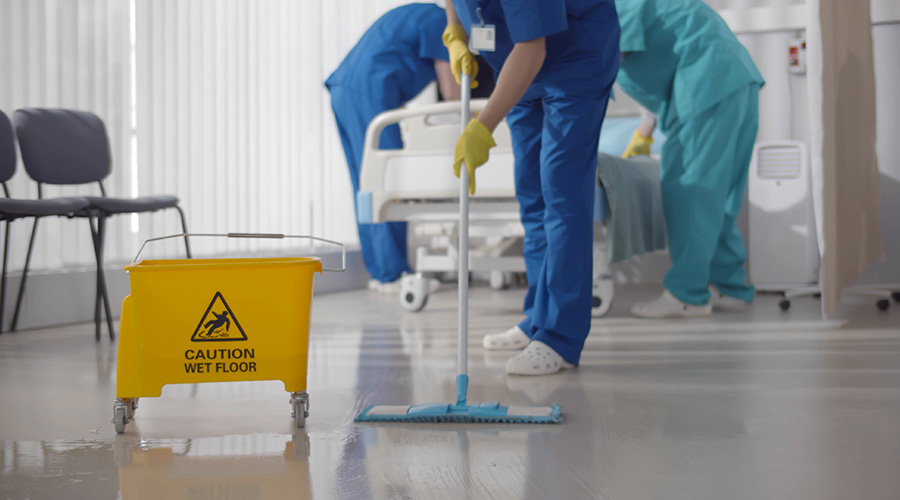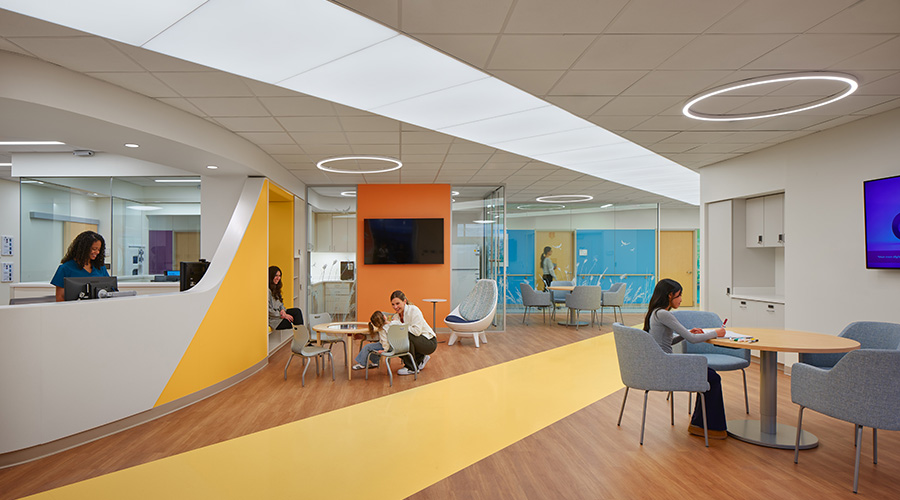As a facility or its mission changes, it is possible to recognize basic types of changes that might cause a water-based fire suppression system to fail routine testing, even if the system was properly designed to suit the original facility and is well maintained. Changes to facilities that alter the occupancy group, hazard classification, building footprint or building height are cause for a complete re-evaluation, according to an article from Building Operating Management on the FacilitiesNet website.
Some examples include:
Because standpipe systems generally place the highest fire water demand on a facility, changes that affect a new standpipe system or affect an existing standpipe system may render an existing fire water supply inadequate. Keep in mind that automatic standpipes place particularly high demands on water supplies, and that partially-sprinklered buildings have higher standpipe flow demands than fully-sprinklered buildings.
Vertical additions to a building without a standpipe system may require that a standpipe system be added.
Vertical additions to a building with an existing standpipe system in which a story or stories are added increases demand pressure.
Horizontal additions to a building with an existing standpipe system in which an exit stair or stairs are added increases demand flow.
Horizontal additions to a building with an existing standpipe system in which a horizontal exit or exits are added increases demand flow.
Helipads added to rooftops have unique fire suppression requirements.
Fire sprinkler system demands will generally be lower than that of standpipe systems. However, there are instances where changing fire sprinkler demands also create hydraulic demands that exceed supply.
Fully sprinklering a partially sprinklered facility may create a new hydraulically remote area.
Changing the use of a space to a higher hazard will increase the required flow density, and may require a new fire sprinkler layout. An example of this is changing office area to storage.
Adding interior walls in a remote area of the building may require additional fire sprinklers.
The effects of aging of on water-based fire suppression systems include corrosion, scale, and sediment. These problems are normal because of water coming in contact with metallic components. Increased friction loss through metal piping and oxidation of wetted sprinkler head components mean that fire suppression systems and components have a finite life span.

 Contaminants Under Foot: A Closer Look at Patient Room Floors
Contaminants Under Foot: A Closer Look at Patient Room Floors Power Outages Largely Driven by Extreme Weather Events
Power Outages Largely Driven by Extreme Weather Events Nemours Children's Health Opens New Moseley Foundation Institute Hospital
Nemours Children's Health Opens New Moseley Foundation Institute Hospital Code Compliance Isn't Enough for Healthcare Resilience
Code Compliance Isn't Enough for Healthcare Resilience Ribbon Cutting Marks First Phase Completion for New Montefiore Einstein Facility
Ribbon Cutting Marks First Phase Completion for New Montefiore Einstein Facility